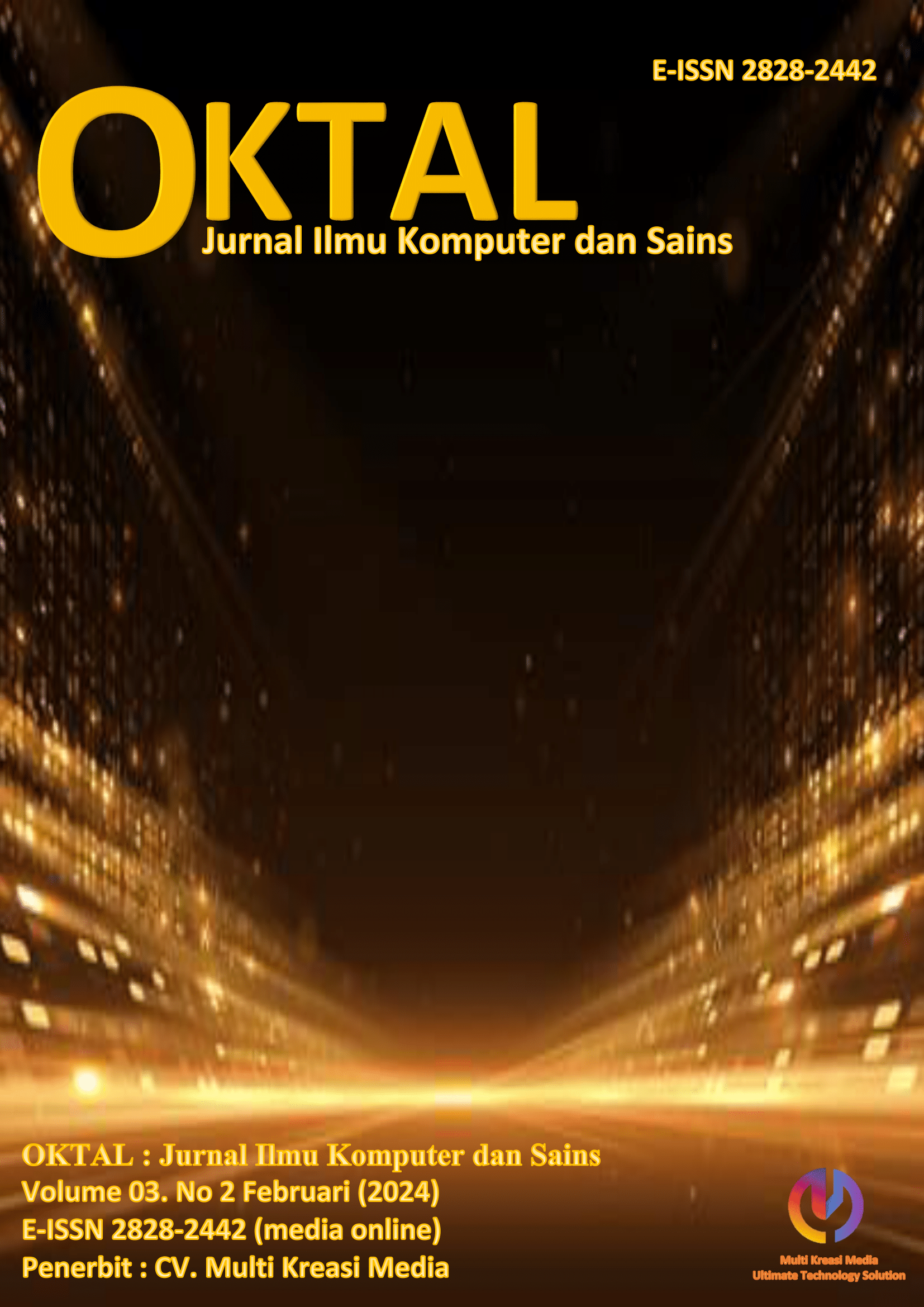Pembelajaran Machine Learning
Keywords:
Machine Learning, Algorithms, Supervised Learning, Unsupervised LearningAbstract
Machine learning is a system that can learn to make decisions on its own without having to be programmed repeatedly by humans so that computers can become smarter and learn from their experiences with data. Based on the learning technique, supervised learning can be distinguished by using labeled datasets (training data), while unsupervised learning draws conclusions based on datasets. Input in the form of a dataset is used by machine learning to produce the right analysis. The solution uses Python which provides the algorithms and libraries used to create machine learning. Artificial intelligence (AI) is now rising again after decades of ups and downs. Artificial intelligence is back in popularity where its application is carried out massively in today's business and social media applications such as Facebook, Twitter, Google, Amazon, and even various large applications from Indonesia such as Go-jek, Tokopedia, and so on. The structure of the discussion in this book includes 3 major sections, namely (1) Concept of Machine Learning and Artificial Intelligence (2) Fundamentals of Python Programming for Machine Learning and (3) Examples of Application of Machine Learning Using Python by implementing several algorithms, both Supervised Learning and Unsupervised Learning. Several case studies are discussed in full starting from understanding algorithms, dataset processing to training and testing as well as visualizing the results of the machine learning models developed.
References
Tom M. Mitcell, Machine Learning, The McGraw-Hill, 1997
Sebastian raschka. 2015. Pyhton machine learning
Nurvinda Galuh, Jenis-jenis Machine learning. Gading, Serpong, Tanggerang, Banten. https://www.dqlab.id/contact
Darujati, C., & Gumlear, A. B (2012). Pemanfaatan Teknik Surpervisef Untuk Klasifikasi Teks Bahasa Indonesia. Jurnal Bandung Text Mining, 16(1), 5-1.




















